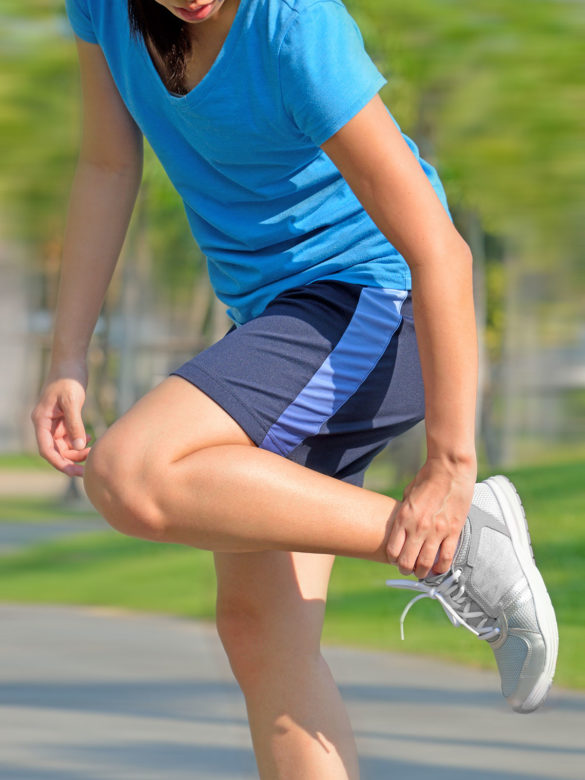Sports Injuries, Calgary
Sports Injuries physiotherapy is a specialist area that relates to injuries or illnesses caused by sport and exercise. Essentially these injuries fall commonly within the scope of general musculoskeletal conditions such as muscle and ligament strains or sprains, joint and bone injuries.
The significant difference is often understanding the role sport has in these injuries. Having sport-specific knowledge is critical to understanding the demands and requirements the sport will place on the patient.
Having a thorough and accurate diagnostic scope helps determine whether an injury is acute, chronic, the result of poor biomechanics or a gradual overuse condition. The role of a sports physiotherapist is to help athletes recover from these injuries and also to provide a safe and effective return to sport whilst preventing the injury from recurring.
Typically, the initial stage of treatment involves reducing pain and promoting healing. Once pain and swelling are reduced, progressive reconditioning treatment will begin.
The most common sports injuries are strains and sprains

Sprains are injuries to ligaments, the tough bands connecting bones in a joint. Suddenly stretching ligaments past their limits deforms or tears them. Strains are injuries to muscle fibers or tendons, which anchor muscles to bones. Strains are called “pulled muscles” for a reason: Over-stretching or overusing a muscle causes tears in the muscle fibers or tendons.
The Physiotherapists at Credence Physio & Massage are skilled and experienced in diagnosing the cause and biomechanical factors of sporting injuries. They will advise you on the most appropriate exercises for your particular injury, and can advise you on when to return to sport. Your Physiotherapist may also use manual therapy techniques such as soft tissue release and joint mobilisation/manipulation to complement these rehabilitation exercises.
- Ice pack applications : icing could be immensely helpful in minimizing the swelling and pain caused by the injury, and is used by physiotherapists as the starting point when treating an injury.
- Hot pack applications : if the injury does not come with swelling, using a hot pack that is wrapped in a towel is the common procedure for many physiotherapists – as one that is effective in alleviating pain and joint or muscle stiffness.
- TENS : also known as Trans-cutaneous Electrical Nerve Simulator, this small battery-operated device directs little amounts of current into the skin or just over the injury, effective for temporary pain relief.
- Ultrasound : driving sound vibrations directly into the tissues, this procedure can heat up bulky body areas and help the healing process.
- Massage and stretching : both standard techniques in physiotherapy for loosening the muscles or relaxing them while reducing the tissue adhesions and decreasing the swelling.
- Range of motion : the ROM exercises are helpful for improving and maintaining the joint’s range of motion.
- Strengthening exercises : weak muscles are the result of inactivity after an injury, and strengthening exercises are a great way to bulk, repair and maintain the strength of your muscles.

